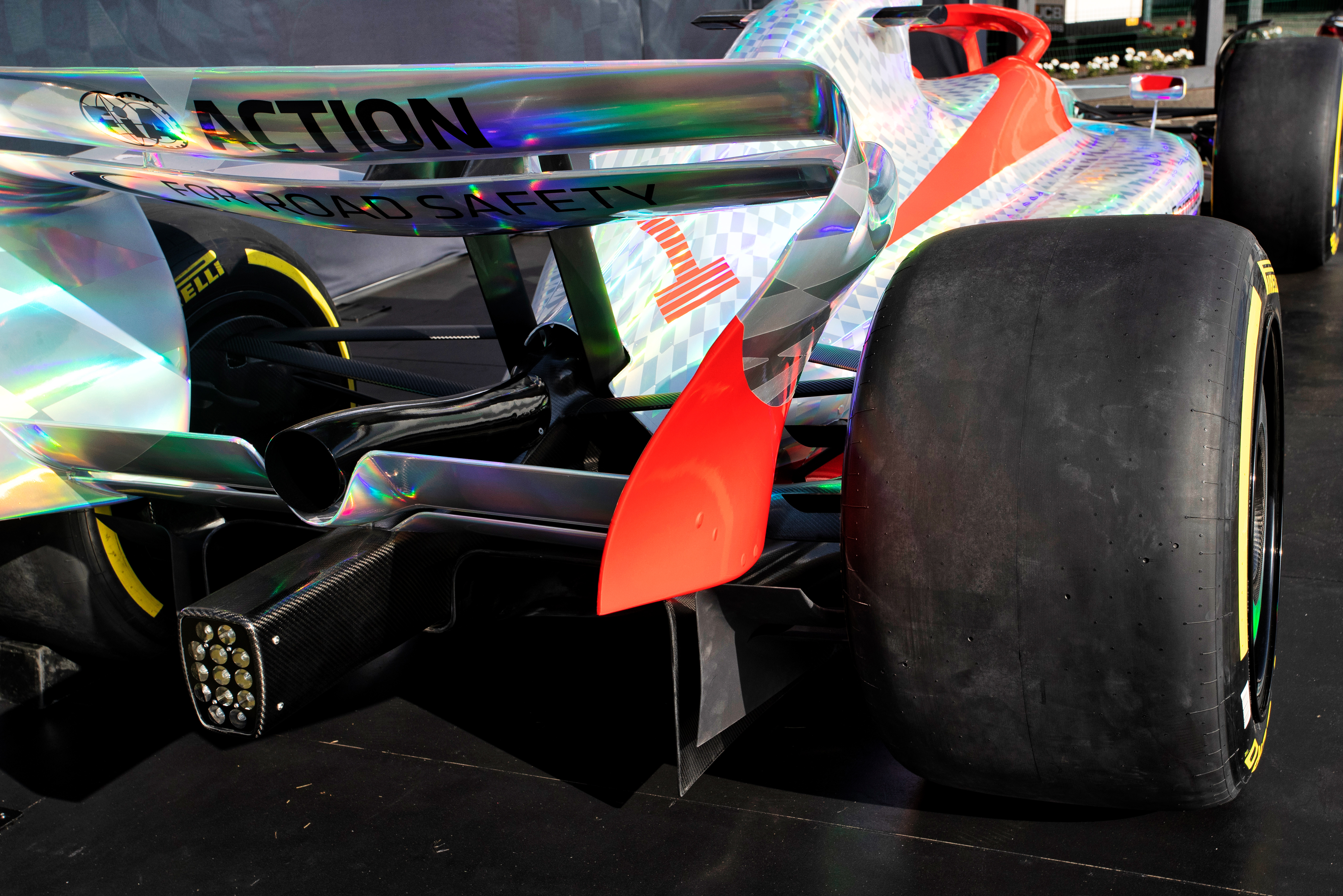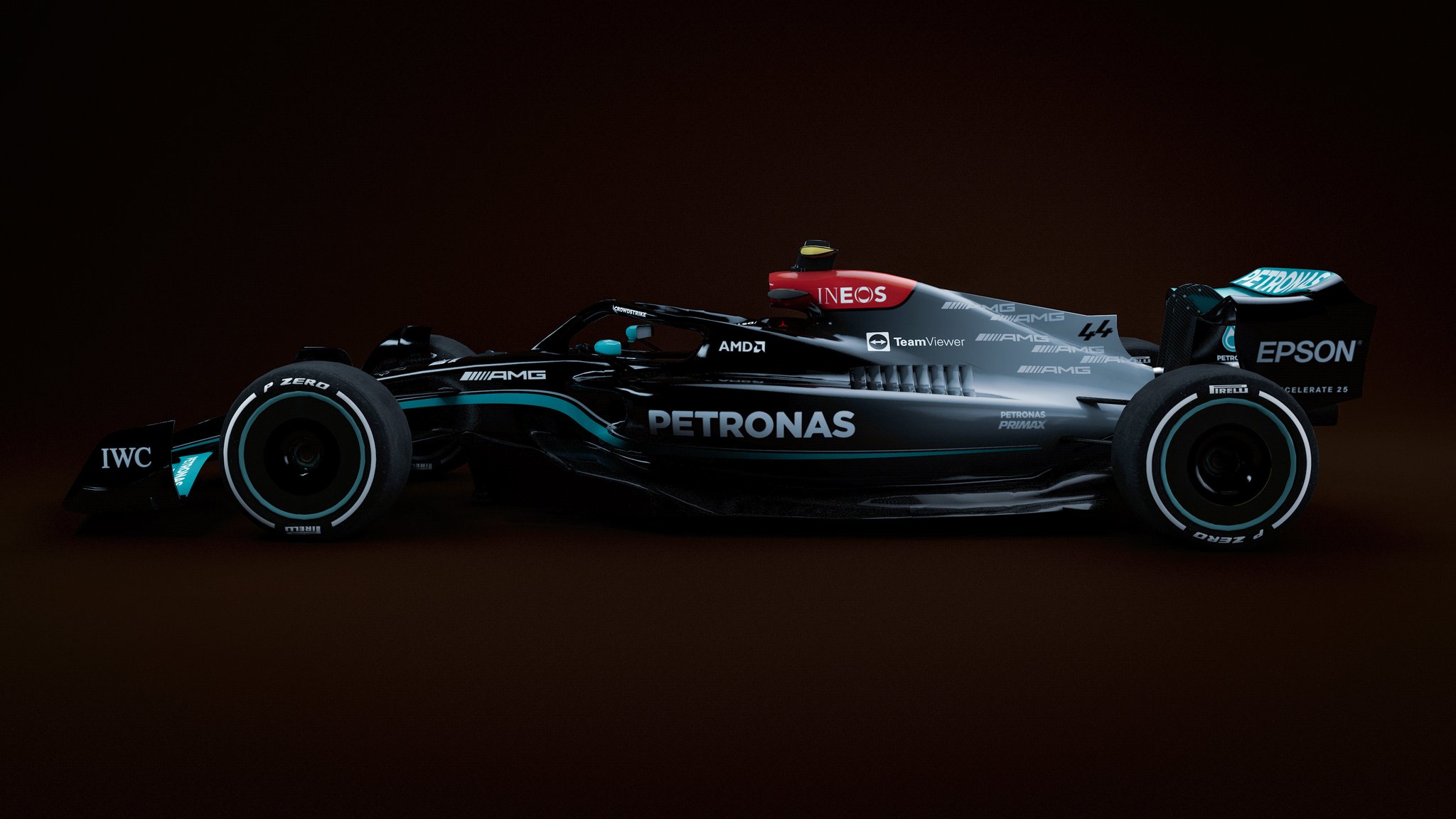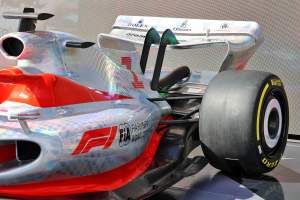Up Next

There will be a much bigger difference in pace between teams “getting it right and getting it wrong” with the way they are setting up and running the cars the early stages of the 2022 Formula 1 season because of the new regulations, according to Mercedes trackside engineering director Andrew Shovlin.
Speaking in the latest of the ‘road to 2022’ videos released by Mercedes, Shovlin explained the big differences between the new cars and the previous generations means there’s a particularly huge amount of understanding that must be built during pre-season testing and the initial races.
Given teams were used to extracting close to the maximum with the well-understood and proven previous cars, the performance swings are likely to be wider.
“The big difference for 2022 is just how steep that learning curve is going to be,” said Shovlin.
“There’ll be a lot more lap time difference between getting it right and getting it wrong.
“That’s why it’s super important that we can start with good testing through the winter, try and build up our confidence in that correlation. And then carry those tools and deploy them into the race weekends.”
Despite the fact these are all new cars, and the fact some teams lobbied for more running, pre-season testing is limited to just six days – split between Barcelona on February 23-25 and Bahrain on March 10-12.
This means that maximising this running is essential if teams are to make a good start to the season.
“Winter testing is going to be vitally important,” said Shovlin. “There’s only six days, so that’s three days per driver, to try and really learn everything there is to know about these cars.
“There’ll be a lot of work put into the correlation side, making sure that the car that you’ve put out on track is matching all of those simulations. Have you got as much performance on it as you hope to have on it?
“Then a big element of trying to understand the tyres. And then in parallel with that, we’ll be exploring different set-up directions, so trying to get the cars into the correct working window, get them into that sort of sweet spot for the drivers so they can really attack the lap in qualifying.
“Doing all of those together in that short period that we now have for testing is going to be a big, big challenge. And the teams that get it right are going to be able to carry that learning into those early races, giving them an advantage.”

Shovlin described the learning curve with the new cars as “much steeper’ compared to the more familiar machines used in previous years.
He expects teams to make big steps daily and even between individual runs during testing as they familiarise themselves with the new cars.
He also stresses the importance of ensuring the correlation between the car on track in the real world and in the windtunnel and various simulation tools is accurate.
This is because the amount of running and therefore understanding that can be built with work done away from the track is vital to ensuring the team is in the best possible shape early in the season.
“When you get a new car, you’re always learning trying to understand how to get it in the sweet spot, how to get the drivers completely happy with a balance for that all important lap in qualifying,” said Shovlin.
“But the learning curve here is going to be much, much steeper. We’ll be finding real lap time hopefully with every run, but certainly with every day of testing. And that’s going to carry into the racing.
“So with every new track you arrive at, you’ve got to go through that process of understanding the limitations and working on the finetuning.
“There’s going to be an enormous focus, especially in those early races, of trying to understand where that performance is, trying to get the car in the best possible condition to try and make us as fast as possible in qualifying and the race.

“The basic approach to the engineering around the race weekend is probably going to stay broadly the same, but one of the key elements here is have we got good correlation?
“So have we got good correlation between the car on track and the windtunnel? Have we got good correlation between the car on track and the models that we’re running in our simulation tools, the model that the drivers are driving on the simulator here in Brackley?
“If that correlation is good, then the work that you can do from away from the circuit is really valuable, you can start to understand the set-up, start to do many more miles than we can possibly do within a race weekend.”
Shovlin also stresses the importance of reliability during winter testing and the early stages of the season.
While reliability is always a priority for teams, the fact the 2022 cars are a clean-sheet-of-paper design with an unusually high number of new components means there is more scope for problems to arise.
“Being reliable is going to be super important,” said Shovlin. “More components have changed on these cars than in any year I can remember.
“Making sure that those new components are all functioning correctly, that you can keep the car on track running, putting miles on it, learning with every mile, that’s going to be absolutely vital.”







